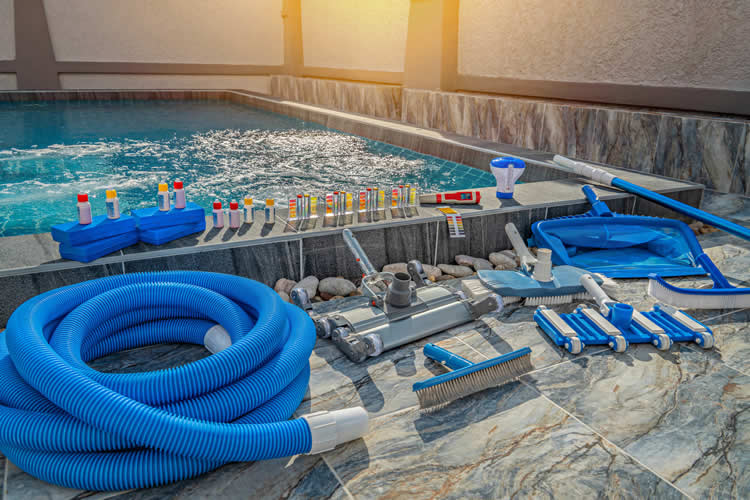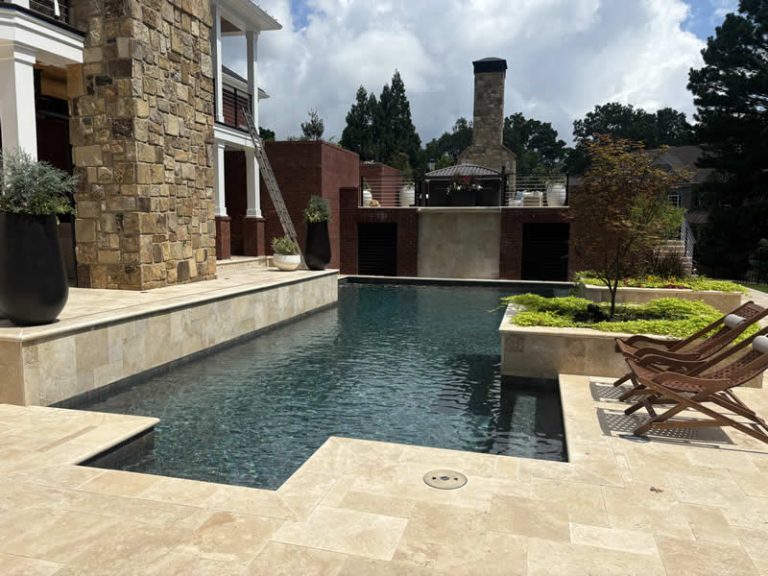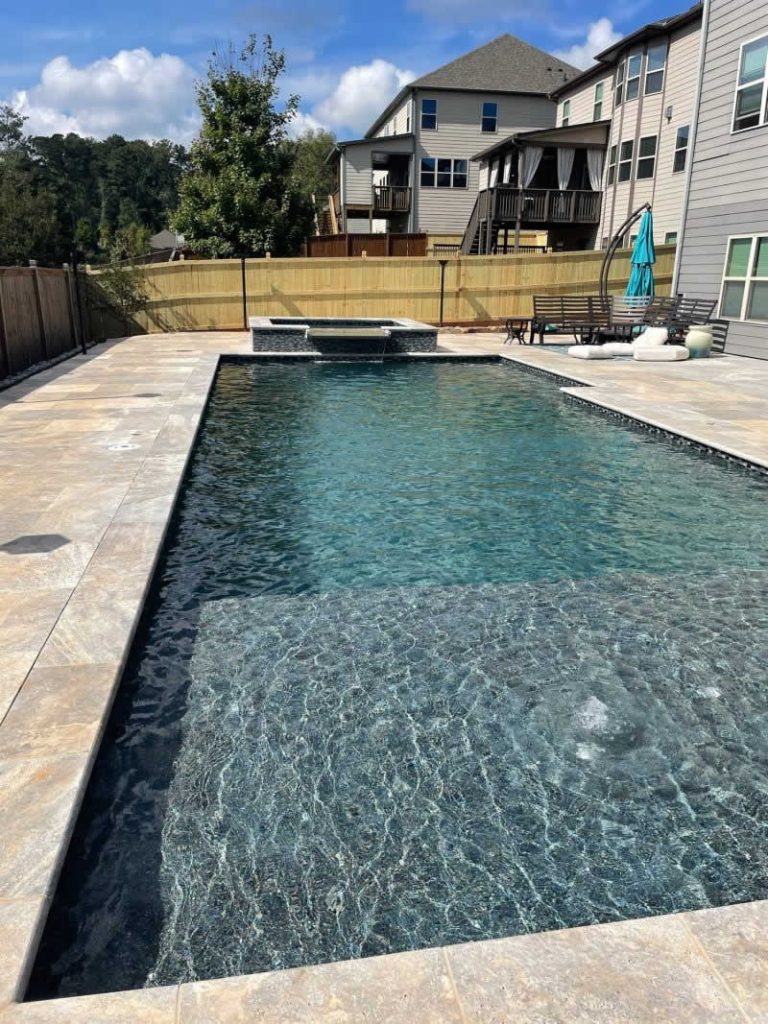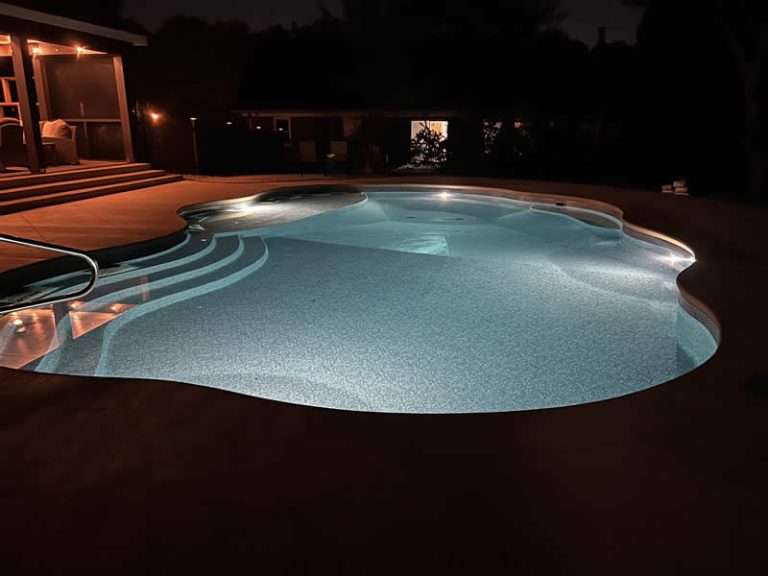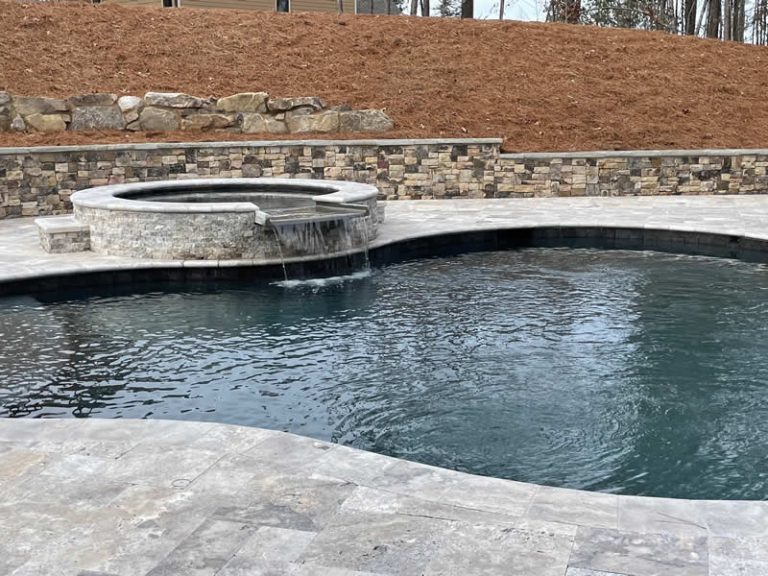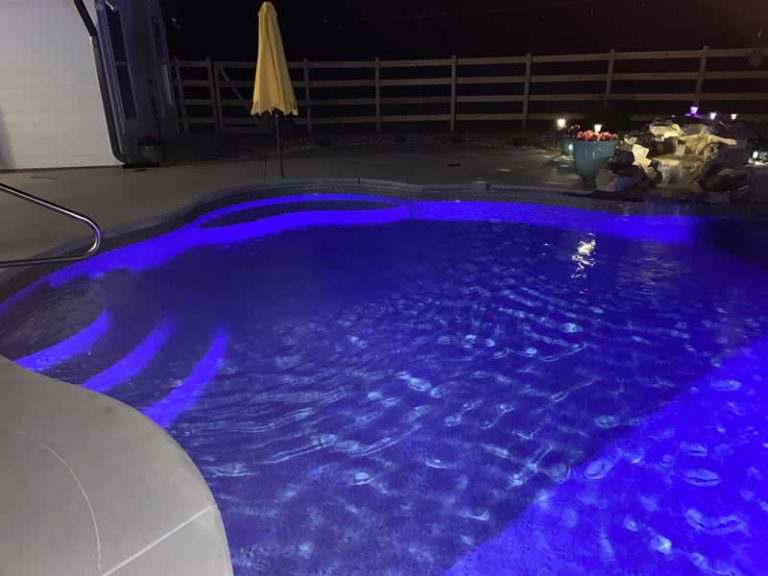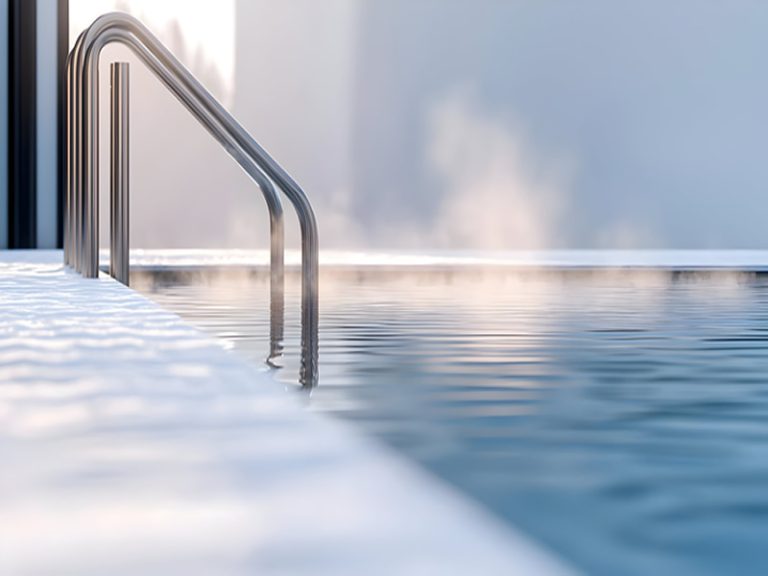How Much Maintenance Does Each Pool Type Require?
Every homeowner loves the idea of owning a pool — sparkling water, backyard barbecues, kids playing till sundown. But what most people don’t think about until after the fact is how much time and effort it takes to keep that water crystal clear. The truth is, not all pools are created equal when it comes to maintenance. The materials you choose — gunite, fiberglass, or vinyl liner — each come with their own routines, quirks, and long-term costs.
I’ve seen homeowners go from excitement to frustration just because they didn’t realize how different upkeep can be. So, let’s break it down from the perspective of someone who’s cleaned, repaired, and rebuilt them all.
Gunite Pools: The Hands-On Classic
Gunite pools are often considered the gold standard — durable, completely customizable, and long-lasting. But with that craftsmanship comes a bit more commitment. A gunite pool’s surface is made from concrete that’s been sprayed and then plastered smooth. Over time, that plaster becomes slightly porous, meaning algae can cling to it if you’re not careful.
That’s why brushing is key. A quick pass once or twice a week keeps things clean and prevents algae buildup. It’s not hard — just part of the rhythm of ownership. You’ll also want to test and balance your water chemistry weekly, especially pH and calcium hardness. Gunite is strong but sensitive; imbalanced water can cause etching or scaling if ignored for too long.
The payoff? Longevity. A well-maintained gunite pool can easily last 50 years. The plaster finish will eventually need resurfacing every 10 to 15 years, but that’s expected. Think of it like repainting a house — maintenance that preserves structure and beauty.
Gunite does best with a good filtration system and steady circulation. Add a variable-speed pump, and you’ll save energy while keeping the water moving consistently. It’s the best investment you can make for a gunite pool besides regular brushing.
In short: gunite demands attention, but rewards it. For homeowners who enjoy taking care of their property, it’s a proud, hands-on kind of ownership.
Fiberglass Pools: The “Set It and Forget It” Option
If you’re looking for the lowest-maintenance option, fiberglass is the clear winner. The smooth gel-coat surface is nonporous, which means algae can’t grip onto it easily. That single detail cuts weekly cleaning time dramatically. Most fiberglass pool owners spend more time enjoying their pool than maintaining it.
The chemistry side is easier, too. Because fiberglass doesn’t interact with the water the way plaster does, pH and alkalinity stay stable longer. You’ll still test and balance regularly, but you won’t have to make as many adjustments. Less chemical use means lower annual costs.
You’ll want to wipe down the waterline occasionally — sunscreen oils and pollen can collect there, especially in the Georgia heat — but that’s a quick chore. And unlike gunite or vinyl, there’s no resurfacing or liner replacement to budget for. The surface itself can last 25+ years if treated well.
The biggest threat to fiberglass isn’t algae or fading — it’s damage from misuse. Avoid draining it completely without professional supervision (groundwater pressure can shift the shell), and make sure you keep the calcium hardness balanced to prevent surface dullness. Other than that, it’s remarkably self-sustaining.
Most of my fiberglass clients joke that their pool is “less work than mowing the lawn.” They’re not wrong.
Vinyl Liner Pools: Affordable, Flexible, and Simple
Vinyl liner pools sit right in the middle of the maintenance spectrum. They’re easier to care for than gunite but require a bit more attention than fiberglass. The vinyl surface is smooth, which keeps algae from embedding deeply, but it can still form on the seams or folds if water balance drifts off.
The key with vinyl is gentle care. You don’t want to use stiff brushes or harsh cleaners — a soft brush and a simple routine work best. Keep your chlorine levels steady and pH between 7.2 and 7.6, and the liner will stay bright and flexible. Low calcium hardness helps too, since vinyl doesn’t need it for structure the way plaster does.
Liners typically last 10 to 15 years, depending on quality and sunlight exposure. When the time comes, replacement is fast and relatively inexpensive. You can even change the pattern or color when you do, giving your pool a fresh look without rebuilding anything.
Just remember to watch for sharp objects — pet claws, toys, or garden tools can puncture the liner if dropped. Most small tears can be patched easily, but prevention saves time and money.
A lot of Georgia families love vinyl because it’s budget-friendly and forgiving. As long as you follow a simple schedule — test water, clean filter, brush once a week — you’ll stay ahead of any problems.
Time and Cost: The Honest Breakdown
Here’s a general idea of what maintenance looks like for each pool type on a weekly basis:
| Pool Type | Weekly Time | Typical Annual Cost | Long-Term Tasks |
|---|---|---|---|
| Gunite | 1–2 hours | $600–$900 | Resurface every 10–15 years |
| Fiberglass | 30–45 minutes | $300–$600 | Occasional gel coat polishing |
| Vinyl Liner | 45–60 minutes | $400–$700 | Replace liner every 10–15 years |

